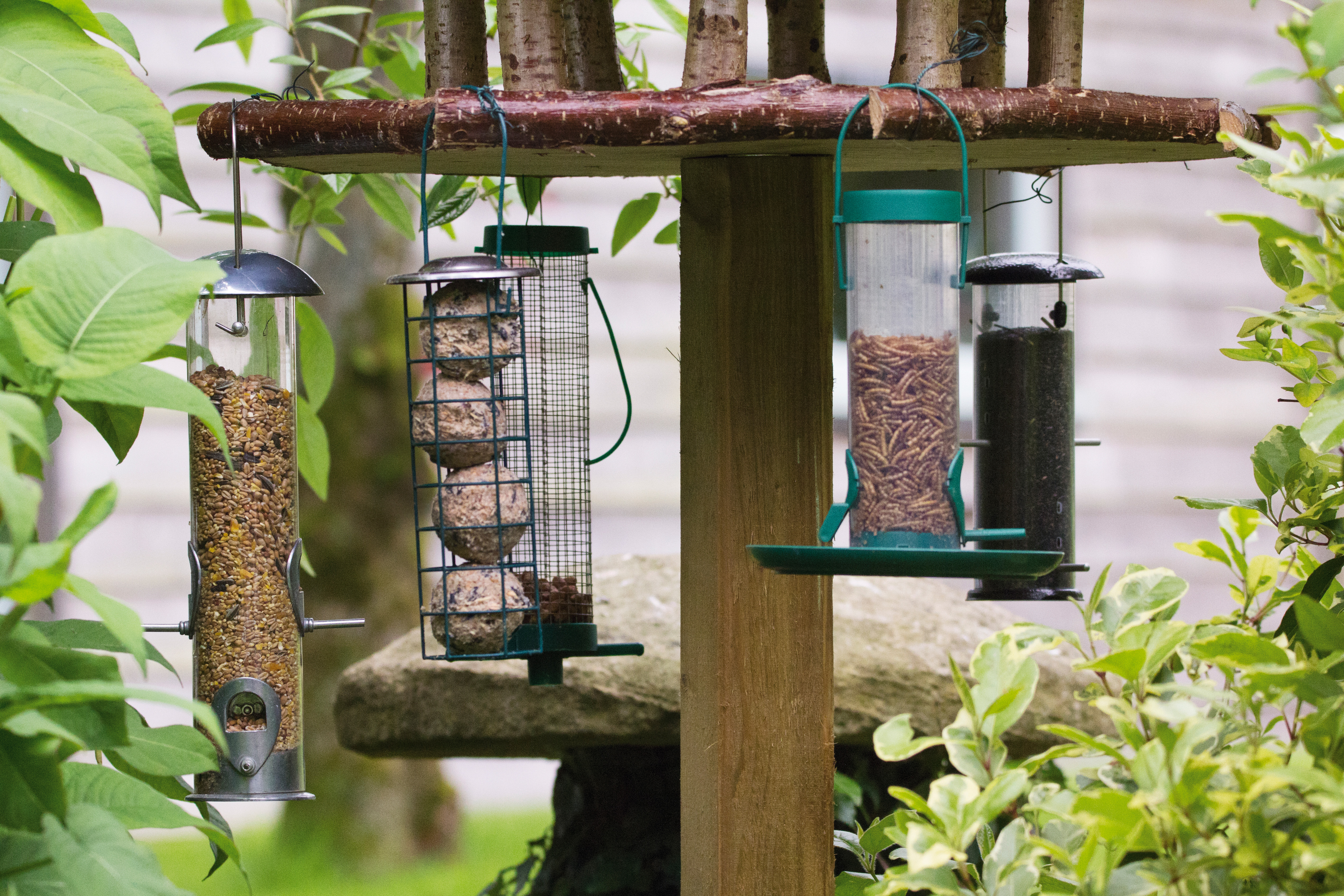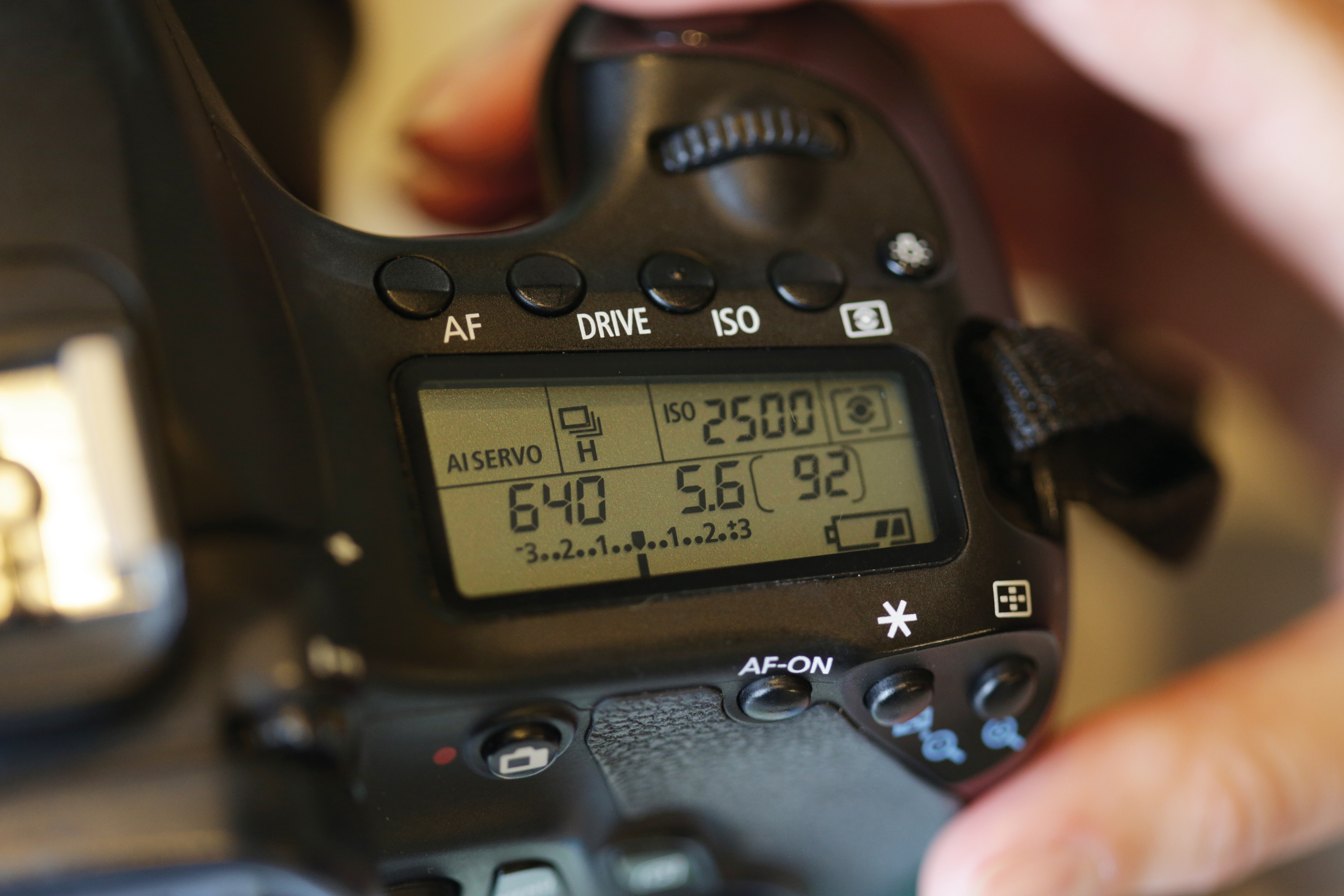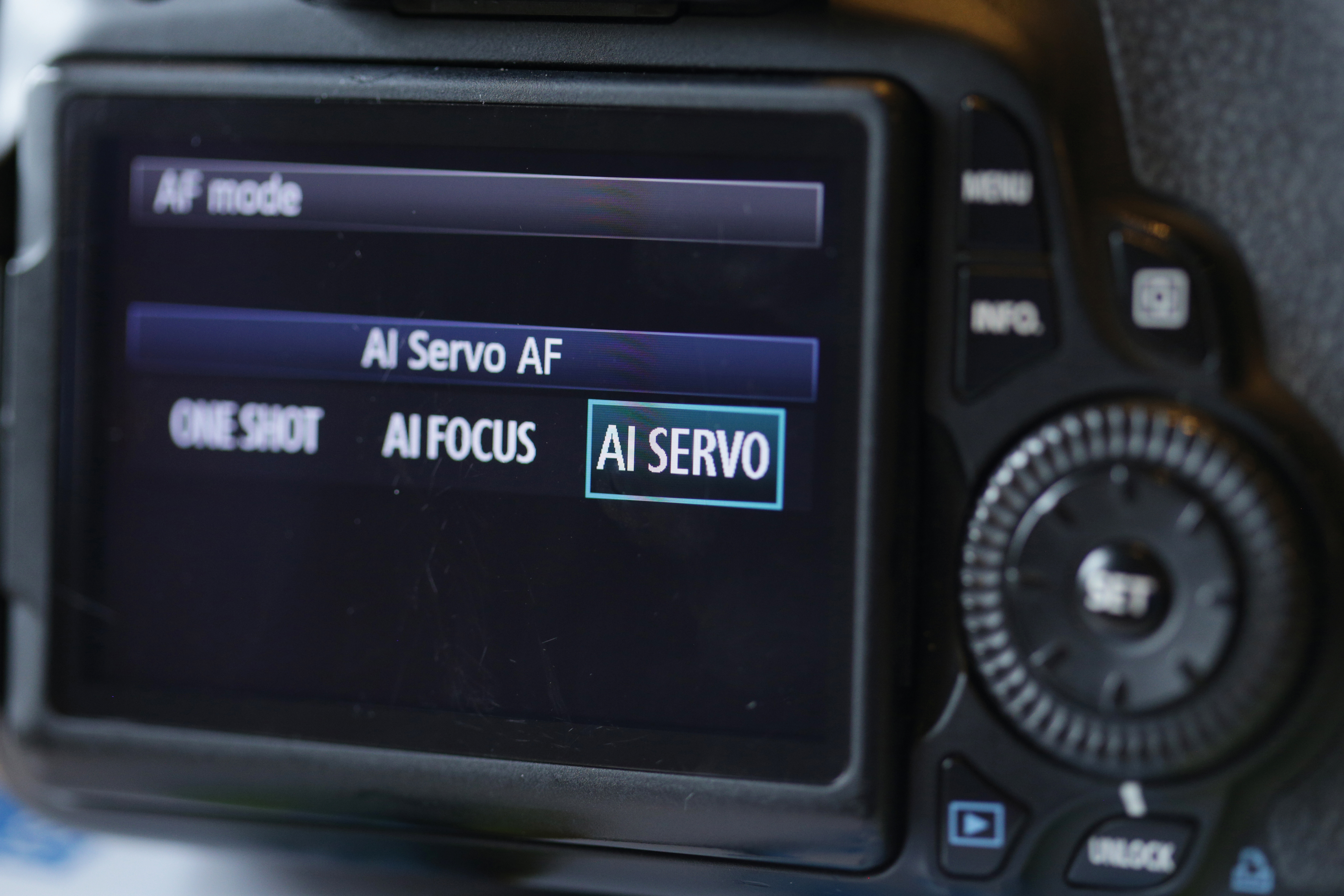Home photography ideas: Bird photos from your kitchen window!
You don't need to head into the wild to get great bird photographs – you can shoot from your window!
Watch video: Home photography ideas – Bird photos from your window
Photography projects at home
• Home photography ideas
Useful home photography kit
• Best tripods
• Best lighting kits
• Best reflectors
• Best macro lenses
You don’t have to leave the house to get great photos of birds! While capturing sharp shots of our feathered friends can be something of a challenge, when you're armed with the right equipment, a few simple techniques and a little patience, anyone can capture great bird shots from the comfort of their own home.
Preparation, as always where animals are concerned, is key. As with all wildlife photography, you need to understand your subjects to give yourself the best chance of capturing the best images.
• 10 best online photography courses
If you don’t already have a bird table or feeder set up in your garden, suss out a bird-friendly location that can be seen from your house or a shed. This will give you the opportunity to study what frequent visitors you have and gain an understanding of their behavior and daily routine.
For the best results, shoot first thing in the morning when it’s quiet, when the birds are active and feed more, the when the light is softer. Shooting on a day with very little wind is ideal, and an overcast sky is perfect as the softer light will enable you to capture balanced exposures.
To give you the best chance of capturing these fast-moving and jittery subjects, you will need a telephoto zoom lens. The focal length you’ll need will depend on how far you are from your subjects, but ideally it should be at least 300mm.
The best camera deals, reviews, product advice, and unmissable photography news, direct to your inbox!
We used the versatile Sigma 150-600mm f/5-6.3 DG OS HSM C lens, which enabled us to photograph the birds from a distance without scaring them off, and zoom in to crop out distractions. Now all you need to do is get your camera set up and put our top tips and techniques into practice…
Go wild in your garden

01 choose your location
A great place to get started is your in garden. Set up a bird feeding station, be it a table or feeder hanging from a tree, and you’ll have plenty of hungry birdies paying you a visit in no time.

02 Gain an understanding
Spend time getting to know your garden birds by studying their behavior, favorite foods and routine throughout the day. Provide a variety of food in order to attract as many different species as possible.

03 Telephoto lens
You need a telephoto lens that will keep up with your fast-moving subjects and enable you to shoot from a distance so that you don’t scare them off. The focal length required depends on how far away you are from your subject (and, of course, the crop factor of your camera comes into play), but 300mm is the minimum and a 600mm zoom is ideal.
• Best lenses for bird photography

04 Support
Telephoto lenses can soon get heavy as you’re sat around waiting for your subject to appear. A tripod or monopod are good for resting your arms or, if you’re hanging out of a window, a beanbag – or even a jumper – makes a great cheap alternative.

05 Hide and seek
Birds are camera-shy creatures, so you’ll need to remain hidden and quiet. Set up camp in a garden shed, or next to a window in your house, like we did, from where you can shoot discreetly.

06 See the light
If you’re shooting in the middle of the day you want to avoid bright, direct sunlight as it creates too much contrast. Diffused daylight, or soft, warm morning or evening side light, is far more flattering.
Settings to shoot shots that sing

01 Aperture Priority
You won’t have time to adjust settings between shots, so set Av mode with an aperture of f/4-f/6.3 for a sharp subject while throwing the background into soft focus to isolate it from its surroundings.

02 Need for speed
In Av mode, your camera will set the shutter speed for a good exposure, but you’ll need to keep an eye on it as you’ll need a fast shutter speed – no slower than 1/500 sec – to freeze the fast movement of the birds.

03 AI Servo AF
Birds are fast-moving, twitchy creatures, so set the AF mode to AI Servo. Once you’ve locked focus onto your subject, this will track them as they move, constantly readjusting the focus until you take a shot.

04 AF-ON
You can customize the AF-ON button to activate autofocus and disable it from the shutter button, so once you’ve locked focus you can release AF-ON, recompose, then fire a shot without risking refocusing.

05 Manual AF point
To ensure focus is spot-on, select the AF point closest to your subject. Hold down the AF Point Selection button and rotate the Main dial to scroll through them (or use the Multi-controller, if your camera has one).

06 Burst mode
To maximize your chances of getting a great shot, set your camera’s Drive mode to High-speed Continuous to fire off a number of shots in quick succession. The frame rate will depend on your camera model.
Read more:
Best camera for wildlife
The best lenses for bird photography in 2020
Best telephoto lens in 2020: top zooms for your camera
The best 150-600mm lenses: super-telephoto zooms to get close to the action
Hollie Latham-Hucker is a former Technique Editor of PhotoPlus magazine. With a degree in Design Photography from the University of Plymouth, she is currently working as the Technique Editor of Amateur Photographer.



